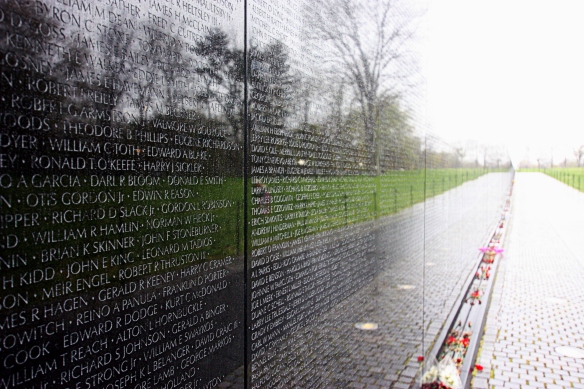2020 has heard the catch cry ‘we’re all in this together’. In some ways we are all experiencing a strange new normal together, and yet we are seeing how different our experiences of the current reality are for each of us. Inequities are amplified. Still, amidst shared adversity and collective vulnerability, togetherness and our common humanity prevail as golden threads holding our world together.
The education world’s incredible response to the COVID-19 pandemic has reminded me of the concept of Indra’s Net, which has multifaceted jewels at each point, and each jewel is reflected in all the other jewels. In any school all members of staff are interconnected, and we reflect and rely on one another. Often the work of colleagues is invisible or subtle. It’s like air – we don’t know it’s there until we don’t have it. COVID-19 has taught us to value much of what we have previously taken for granted.
I’ve been reflecting on a podcast I listened to over the holiday break in which Habits of Leadership’s Tim Perkins interviewed Antarctic expedition leader Rachael Robertson. The tagline of the podcast was ‘being liked is overrated’. Rachael talked about the importance of respect, a common goal, teamwork and constructive conflict if a team is to be successful. Her message is: “Respect trumps harmony.” We don’t need to like each other, but we do to respect each other.
Another theme from the podcast that resonated was the idea of leading without a title. Leadership is not a position, but behaviour, action, a way of being. Focusing on the practices of leading is something I explored in my recently-published chapter ‘Being, becoming and questioning the school leader: An autoethnographic exploration of a woman in the middle’ in the edited book Theorising identity and subjectivity in educational leadership research. I wrote the following.
“A focus on leading over the leader allows the work of leading to be considered beyond the domain of autonomous individuals, focusing instead on ways of leading throughout organisations (Grice, 2018; Wilkinson & Kemmis, 2015). This enables a focus on the doing of leadership rather than on being a leader. … Considering leadership as practice rather than person encompasses the deliberate choices of anyone participating in the act of leading; it opens up leadership theorising beyond the individual or the principal to anyone behaving in leaderly ways.” (Netolicky, 2020, p.105)
The other point in the podcast that resonated was Rachael’s mantra of ‘no triangles’, which essentially means having direct conversations with colleagues. “The best way to deal with an issue is directly with the other person,” says Rachael. “You don’t talk to that person about me, and I won’t talk to them about you.”
While Rachael bases her leadership commentary around her unusual and intense experience leading in the isolation of Antarctica, there is much for us to reflect upon in education. I was reminded of Andy Hargreaves and Michael O’Connor’s concept of collaborative professionalism, in which they highlight the importance of demanding dialogue, candid feedback, and continuous collaborative inquiry. They also highlight the importance of support for and solidarity with each other. Care and camaraderie have really come to the fore during the COVID-19 crisis, and can be seen in the ways educators have banded and knitted together within and across schools.
I also revisited Bob Garmston and Bruce Wellman’s Adaptive Schools work in which they note that conviviality does not equal collegiality. That is, surface harmony can mask underlying tensions and differences. What we need to aim for, they argue, is constructive conflict, collective responsibility and peer accountability.
Of course, openness, honest feedback, demanding dialogue and respectful disagreement cannot exist without an environment of trust, which Anthony Bryk and Barbara Schneider assert, in their book Trust in Schools, is the connective tissue that binds those of us working in schools together.
There are many trust relationships operating in and around schools. Students need to trust teachers. Parents need to trust teachers and leaders. Teachers need to trust each other. Teachers and leaders need to trust each other. Teachers, leaders and the School need to be trusted by the wider community and by society!
But as Megan Tschannen-Moran points out in her book Trust Matters, more trust is not always better; there are negative ramifications to in trusting too little or too much. Using the Aristotelian golden mean, she points out that an optimal ‘Goldilocks’ level of trust paves a middle way in which innovation, adaptability, productive risk taking, openness, high expectations of all, and psychological safety can thrive.
In our schools, then, we can each focus on the following if we are to be better together.
- Leadership. We can each lead within our sphere of influence. We can each be the change we want to see.
- Peer support. We can check in on each other. Collaborate. Provide support. Uplift and champion each other.
- Collective responsibility. We can gently nudge each other. Gracefully disagree. Give honest and respectful feedback. Try direct conversations. The standard we walk past is the standard we accept, so from the little things to big things we can all make sure we act ethically and with integrity, and speak up when something isn’t ok.





















